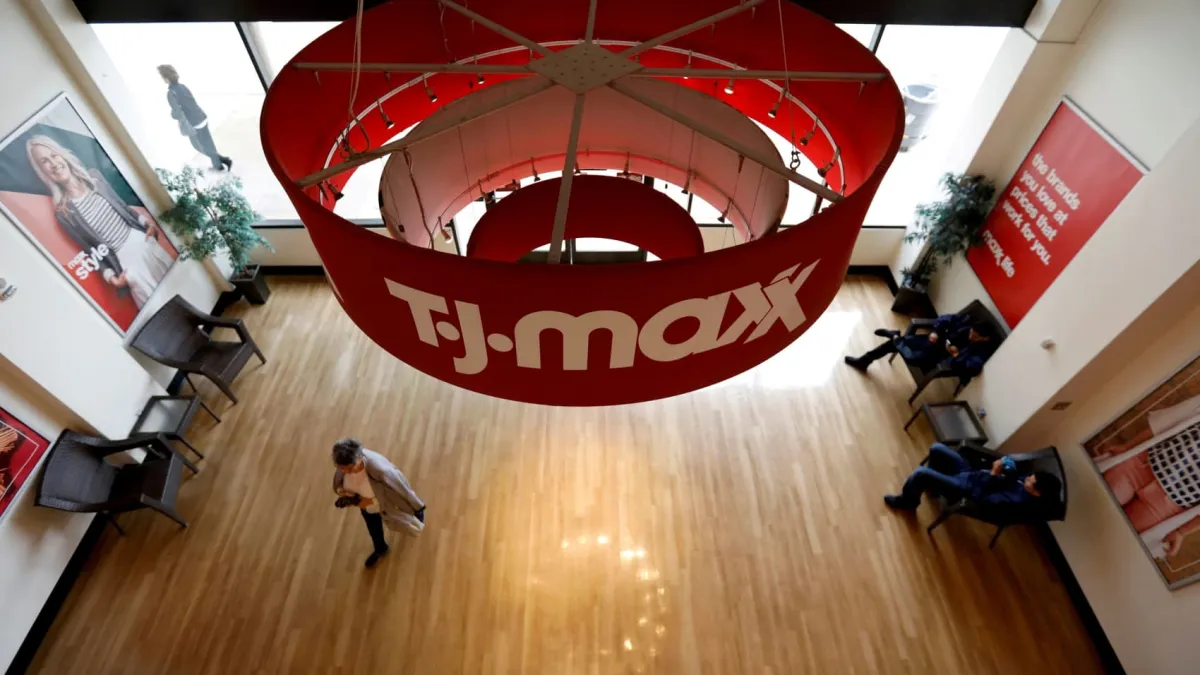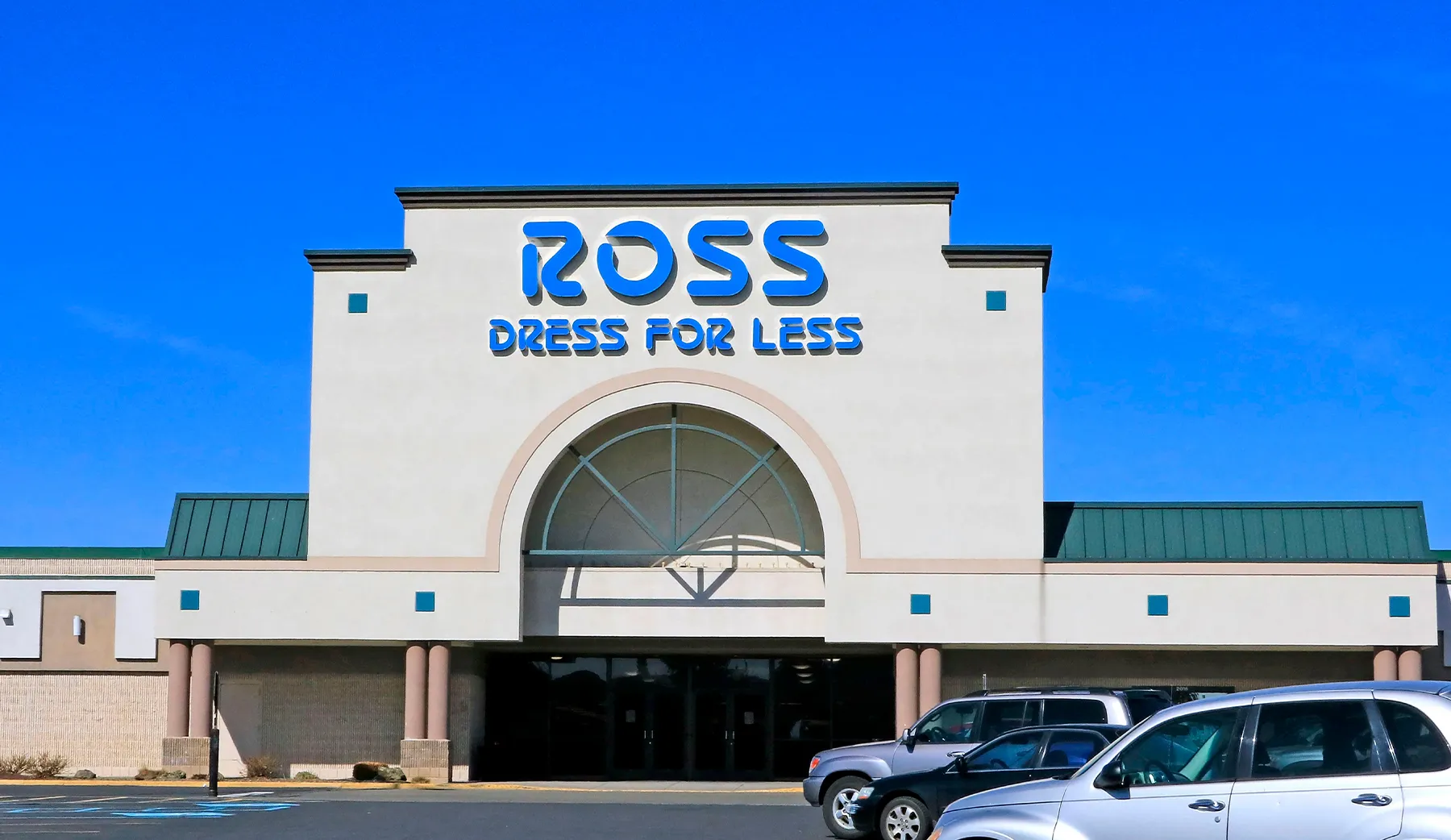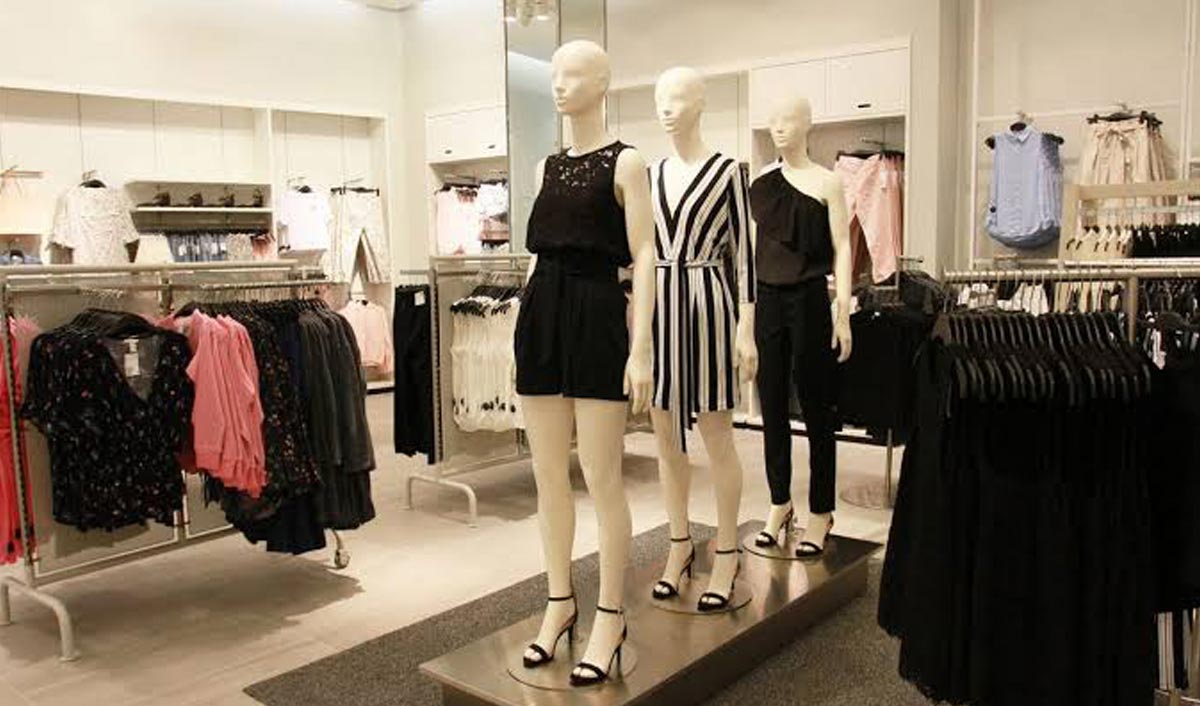In the face of persistent inflation and rising costs for essentials such as food and gas, consumers are increasingly turning their backs on department stores like Macy’s and Kohl’s in favor of discount retailers like TJX and Ross. This shift isn’t solely driven by economic pressure; these off-price retailers are also gaining a reputation as trendier shopping destinations, particularly among younger shoppers.

Strategic Merchandising: A Winning Formula
According to Jessica Ramirez, a senior research analyst with Jane Hali & Associates, off-price stores are drawing customers with their blend of trusted brands and on-trend, designer-led offerings. “They have trusted brands at a cheaper price. They’re more on-trend, they’re designer-led, they lean into categories that the customer is much more interested in,” Ramirez noted.
This ability to quickly adapt to market trends—scaling back on less popular items while pushing sought-after products—gives off-price retailers a significant edge over traditional department stores.
Impressive Financial Performance
Both TJX and Ross have recently reported earnings that surpassed Wall Street expectations. TJX, which operates TJ Maxx, Marshalls, and Homegoods, saw its sales grow 6% to $12.48 billion, slightly above estimates. Ross, known for Ross Dress for Less and dd’s Discounts, also posted a robust 8% jump in sales, indicating that their business model remains highly effective even as they faced tougher year-over-year comparisons.

Consumer Priorities: Value Over Everything
Goldman Sachs analyst Brooke Roach highlighted that the off-price sector continues to attract consumers looking for value. “We think that the off-price sector is still healthy and we think that results this quarter, both for TJX and Ross, are showing consistent traffic-driven comp increases, which indicate that the consumer is still looking for value,” Roach told CNBC.
This trend is evident across income brackets, with both low-to-middle and higher-income consumers gravitating towards discounters not just for necessities, but also for discretionary items.
The Cool Factor and the Consumer Shift
The growing popularity of off-price retailers also reflects a shift in consumer perception. BMO Capital Markets retail analyst Simeon Siegel pointed out that stores like TJX have transformed shopping from a mere transaction to an exciting experience. “They took something embarrassing and turned it into a badge of honor,” Siegel explained.
This change has particularly resonated with the young Gen Z demographic, as noted by TJX CEO Ernie Herrman during the company’s earnings call. “We are the only retailer right now that I see that can take brands and fashion and quality and put all of that together in this treasure hunt format,” Herrman said.
Vendor Relationships and Market Dynamics
The CEOs of both TJX and Ross emphasized their strong vendor relationships, which have been instrumental in providing access to high-quality, desirable products. This strategy not only supports sales growth but also enhances the customer experience by offering better products at competitive prices.
“More and more vendors, they have even more reasons to want to sell us versus others because their goods in our store now hang with the best,” Herrman added, underscoring the importance of strong partnerships in the off-price retail sector.

TJX and Ross: A Sustainable Model for Growth
As off-price retailers continue to evolve and adapt to consumer needs and market conditions, they not only survive but thrive, proving their resilience and relevance in any economic cycle. With a focus on value, strategic brand partnerships, and an enhanced shopping experience, companies like TJX and Ross are well-positioned for continued success in the retail industry.










